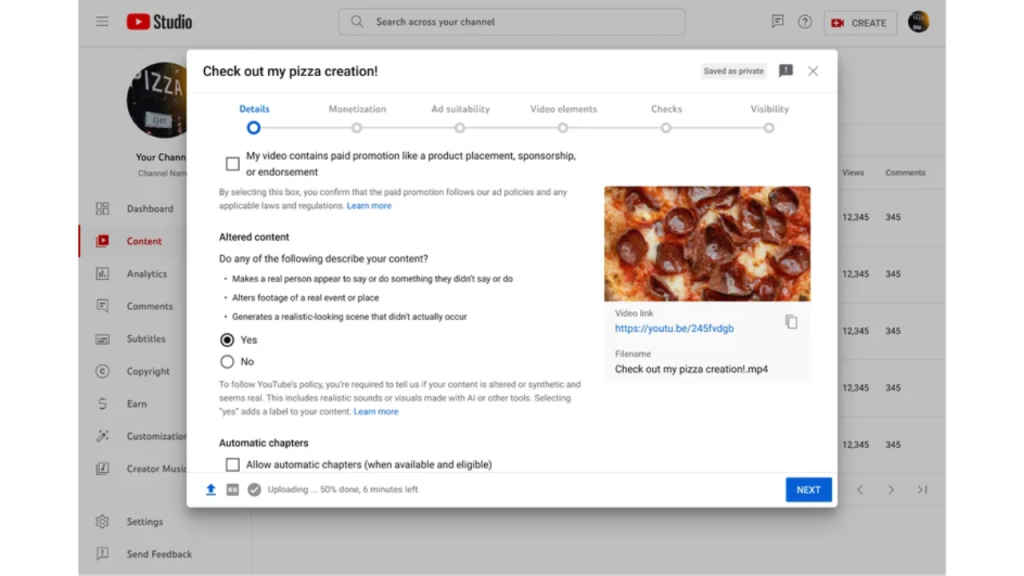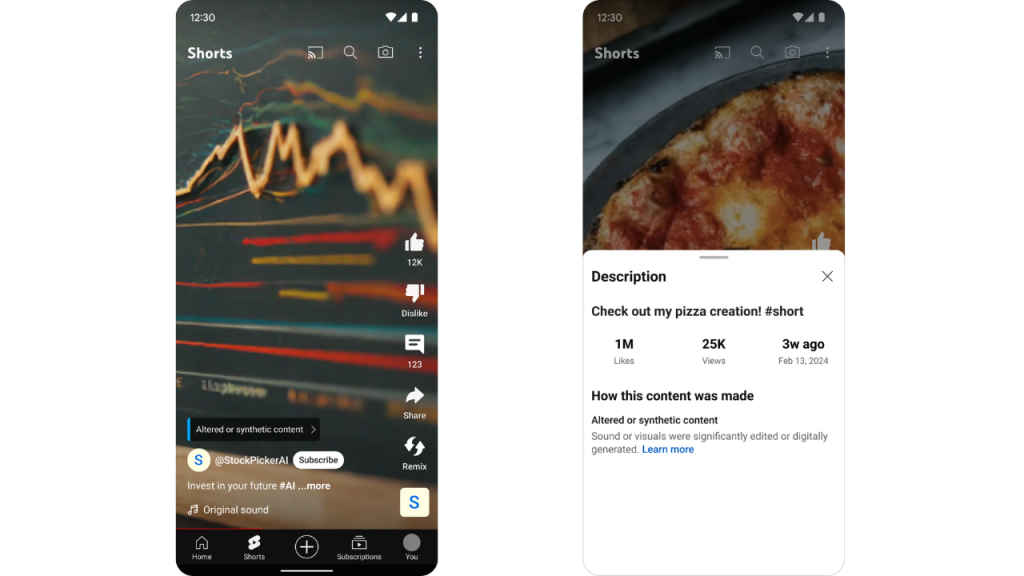YouTube creators now have to label AI-generated ‘realistic’ content: Here’s why
YouTube creators are now mandated to label AI-generated "realistic" content.
The new label aims to enhance transparency with viewers.
For most videos, the label will appear in the expanded description.

Generative AI has become a gaming-changing factor in the realm of content creation, revolutionising the way creators conceive, develop, and produce their material. From ideation to execution, AI-powered tools are streamlining workflows and unlocking previously unimaginable possibilities. Yet, as the boundaries between reality and simulation blur, a critical question arises: How can viewers discern between authentic content and AI-generated creations?
 Survey
SurveyYouTube really cares about being honest and clear with its users. That’s why YouTube creators are now mandated to label AI-generated “realistic” content.
Also read: YouTube’s upcoming AI features: Comment topics & chatbot for videos
“We’re introducing a new tool in Creator Studio requiring creators to disclose to viewers when realistic content – content a viewer could easily mistake for a real person, place, or event – is made with altered or synthetic media, including generative AI,” YouTube announced in a blogpost on March 18th.
Also read: YouTube debuts new playback controls, You tab, animated subscribe button & more

The disclosures will appear as labels in the expanded description or on the front of the video player.
The new label aims to enhance transparency with viewers and foster trust between creators and their audience. Examples of content requiring disclosure include: Using the likeness of a realistic person, altering footage of real events or places, and generating realistic scenes.
YouTube acknowledges that creators employ generative AI in various ways during content creation. That’s why the company won’t mandate disclosure if generative AI was utilised for productivity tasks such as generating scripts, content ideas, or automatic captions.
Additionally, creators won’t be required to disclose the use of synthetic media if it’s unrealistic or the alterations are inconsequential.

It’s important to note that for most videos, the label will be visible in the expanded description. However, for videos covering sensitive topics such as health, news, elections, or finance, a more prominent label will also be displayed directly on the video itself.
The company emphasised that it reserves the right to add a label, even in cases where a creator hasn’t disclosed it, particularly if the altered or synthetic content could potentially confuse or mislead viewers.
You will begin to notice the labels appearing across all YouTube surfaces and formats in the upcoming weeks, starting with the YouTube app on your mobile device, followed shortly by availability on desktop and TV.
Ayushi Jain
Ayushi works as Chief Copy Editor at Digit, covering everything from breaking tech news to in-depth smartphone reviews. Prior to Digit, she was part of the editorial team at IANS. View Full Profile